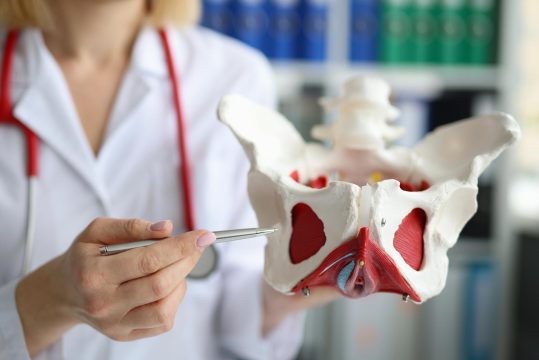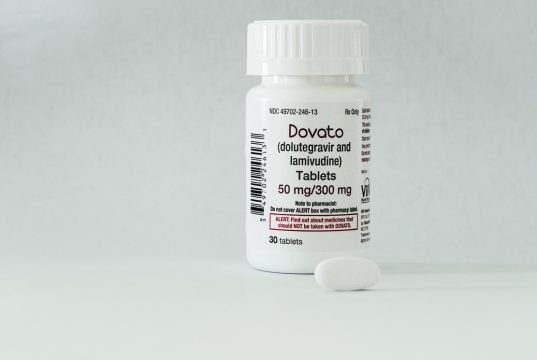Advertisment
ATC 2012 Report – Success of those with heart-assist devices might call for adjusted allocation policies

by Thomas R. Collins – Candidates for a heart transplant who use a ventricular assist device on a long-term basis have survival rates on the wait list that are comparable to, and sometimes better than, candidates on the wait list who don’t use a ventricular assist device, a researcher said here at the 2012 American Transplant Congress.
Monica Colvin-Adams, MD, Assistant Professor of Medicine at the University of Minnesota Cardiovascular Division, said the findings suggest that whether heart transplant candidates are on a ventricular assist device or not should be considered in the organ allocation procedure.
A ventricular assist device, or VAD, is a mechanical pump used to help heart function and blood flow in people with weakened hearts. The device takes blood from a lower chamber of the heart and pumps it to the body and vital organs as a healthy heart would.
The use of the devices has increased, with about a quarter of wait-list candidates now using one, Dr Colvin-Adams said.
“The prevalence of ventricular assist devices among wait-list candidates and heart transplant recipients has increased dramatically over the last 10 years,” she said. “And the one-year survival of heart transplant candidates with continuous-flow ventricular systems, which is the newest generation of VADs, has been reported to be as high as 95 percent, depending on (mechanical heart inter-agency registry) INTERMACS category at the time of implantation.”
The technology of VADs is improving, helping bring about better outcomes and fewer complications related to the devices, Dr Colvin-Adams said.
“This has resulted in a wider spectrum of clinical profiles of heart-transplant candidates on the waiting list,” she said. “Since some of these patients are relatively stable, common allocation policy may not adequately prioritize candidates in the VAD era.”
She and her research team set out to see how those using VADs on a long-term basis fared on the wait list and to compare outcomes for those on durable VADs with outcomes for wait list candidates not on VADs.
Researchers looked at records from the 27,893 heart transplant wait-list candidates from 2000 to 2010 on the Scientific Registry of Transplant Recipients, focusing only on those 18 years of age or older and excluding those with total artificial hearts and those waiting for re-transplants.
They found that 81 percent of the patients on a long-term VAD had survived after 12 months since being put on the waiting list, compared to 84 percent of those with no device. Those on a VAD on only a short-term basis had a 12-month survival rate of 54 percent.
Singling out wait-list candidates who were Status 1A, the most dire cases in which patients must remain hospitalized all the time, those on a long-term VAD had a 12-month survival rate of 79 percent, compared to 62 percent for those with no VAD. Status 1A patients with a short-term VAD had a survival rate of 47 percent, Dr Colvin-Adams said.
After 12 months, 67 percent of the long-term VAD patients had been transplanted, compared to 56 percent of non-VAD patients. After 24 months, 73 percent of long-term VAD candidates, and 63 percent of non-VAD candidates, had received a transplant.
“We believe that these data suggest the need for further characterization of non-VAD transplant candidates in order to develop allocation policies that can better discriminate among severity of illness,” Dr Colvin-Adams said. “Allocation policies that account for improved VAD technology and survival may improve the distribution of organs to patients who will derive the greatest benefit.”





